Author: Phil Rusher
Yeast health is at the forefront of many a brewer’s mind, as it’s solely the responsibility of this single celled organism to transform sweet wort into beer. Because of this, those brewers seeking the highest quality finished product will go to great lengths to ensure optimal yeast viability. For yeast that’s awaiting use, the common recommendation is to store it as cool as possible to impede metabolic activity, though brewers are cautioned against freezing yeast.
When water freezes, molecular crystalline structures are formed that can puncture delicate walls, which in the case of yeast, can lead to cell death and hence reduced viability. While glycerin added to the yeast slurry prior to freezing will inhibit crystallization, the issue for most brewers is more likely the accidental placement of yeast in an environment that’s cooler than intended, often leading to it being pitched in the trash rather than the beer.
I’ve never frozen liquid yeast, whether intentional or accidental, but I’ve heard of many who have made the mistake of tossing a pouch in their freezer rather than the refrigerator. Given the significant results of a recent xBmt comparing beers made with yeast stored either cool or warm, I began to wonder just what might happen to a beer fermented with yeast that had previously been frozen.
| PURPOSE |
To investigate the differences between beers that were fermented with either a previously frozen pack of yeast or a pack of yeast that was kept in standard cool conditions.
| METHODS |
With the hope accentuating any differences caused by the variable, I went with a simple Blonde Ale for this xBmt.
Say it Ain’t So
Recipe Details
| Batch Size | Boil Time | IBU | SRM | Est. OG | Est. FG | ABV |
|---|---|---|---|---|---|---|
| 5.5 gal | 60 min | 35.8 IBUs | 4.2 SRM | 1.050 | 1.012 | 5.1 % |
| Actuals | 1.05 | 1.009 | 5.4 % | |||
Fermentables
| Name | Amount | % |
|---|---|---|
| Mecca Grade Lamonta: Pale American Barley Malt | 9.5 lbs | 100 |
Hops
| Name | Amount | Time | Use | Form | Alpha % |
|---|---|---|---|---|---|
| Jarrylo | 18 g | 60 min | Boil | Pellet | 12.6 |
| Jarrylo | 14 g | 15 min | Boil | Pellet | 12.6 |
Yeast
| Name | Lab | Attenuation | Temperature |
|---|---|---|---|
| House (A01) | Imperial Yeast | 74% | 62°F - 70°F |
Notes
| Water Profile: Ca 50 | Mg 7 | Na 5 | SO4 75 | Cl 60 |
Download
| Download this recipe's BeerXML file |
After selecting two pouches of Imperial Yeast A01 House with the same date of manufacture, I placed one in my freezer while the other was left in my refrigerator.
Approximately 39 hours later, I removed the yeast from the freezer and noticed it had definitely crystallized. An infrared thermometer reading showed it was at 2°F/-17°C.
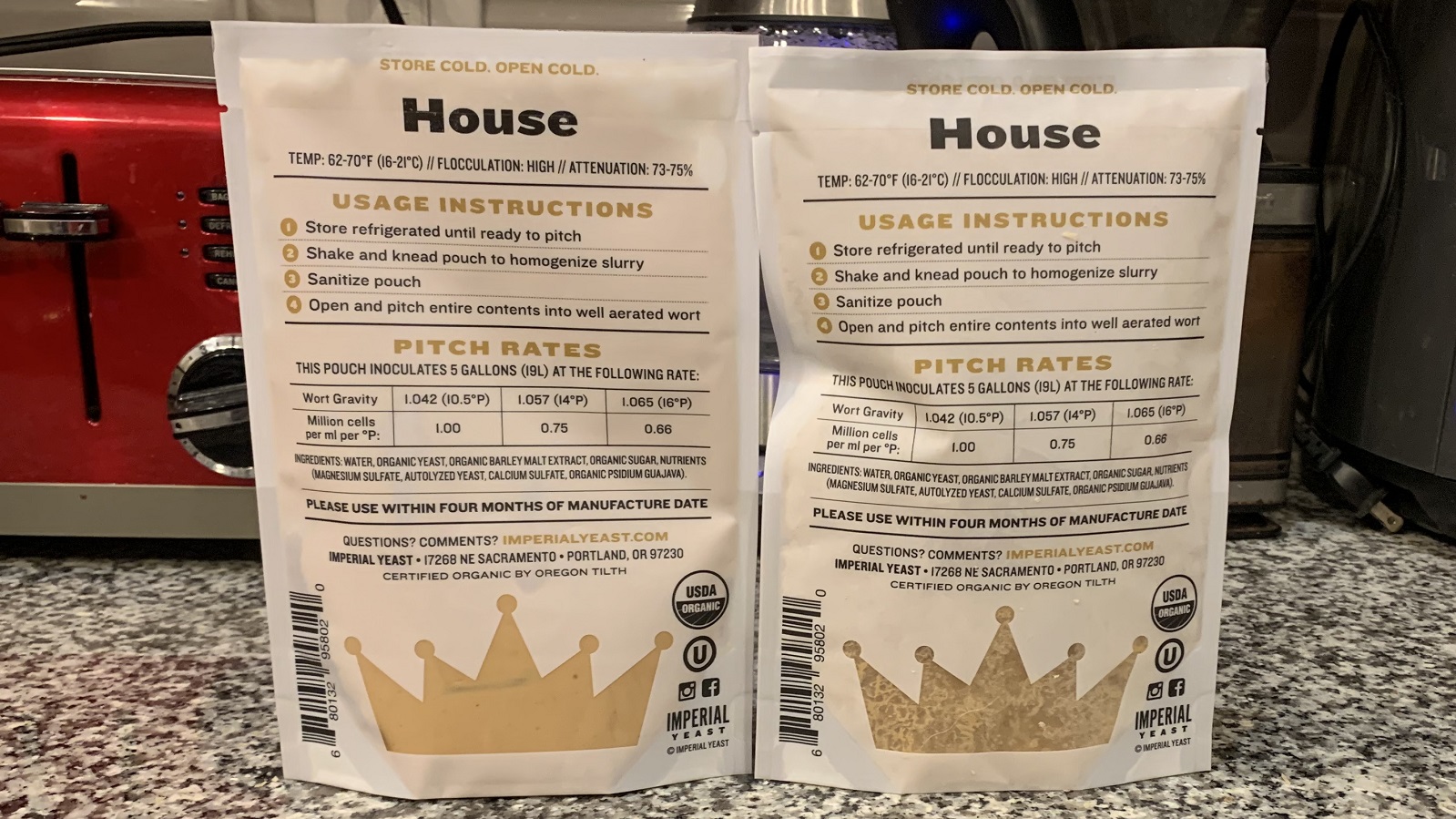
At this point, I placed both pouches in my refrigerator to give the frozen one time to melt then proceeded with milling the grain for a single 10 gallon/38 liter batch.
With the water adequately heated, I stirred in the grains before checking to make sure it hit my target mash temperature.
While waiting on the mash, I prepared the kettle hops.
Following the 60 minute mash rest, I collected the sweet wort then proceeded with a 60 minute boil.
When the boil was complete, I quickly chilled the wort to my desired fermentation temperature of 66°F/19°C then took a refractometer reading confirming it was at my intended OG.

Equal volumes of wort were racked to identical Brew Buckets.
With the filled fermenters placed next to each other in my 59°F/15°C basement, I pitched the pouch of yeast stored in my refrigerator into one while the other got the yeast that had been frozen and thawed. After 24 hours, I noticed the beer pitched with frozen yeast was about 4°F/2°C warmer, a possible indicator of stronger fermentation activity.
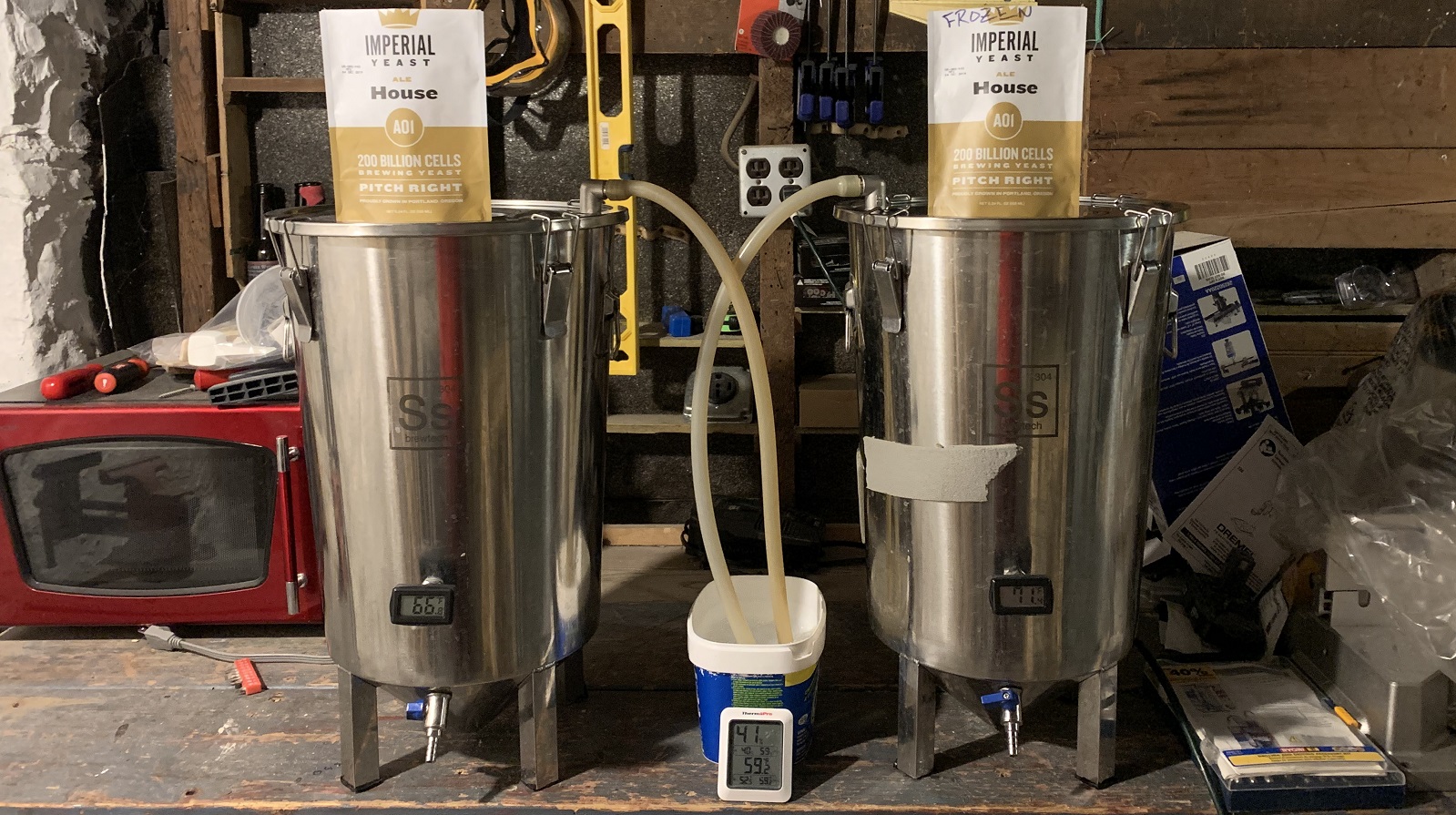
The beers were left alone for 10 days before I took hydrometer measurements confirming the same FG had been reached in both.
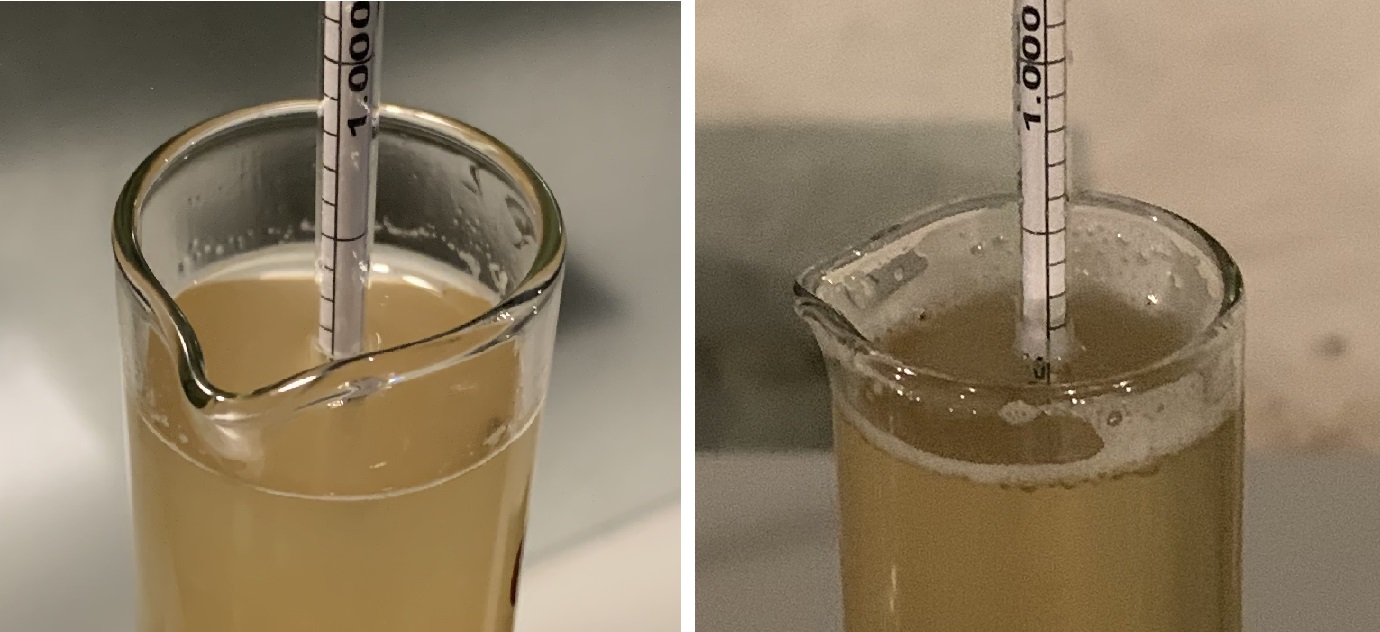
At this point, I proceeded with transferring the beers to CO2 purged kegs.
The filled kegs were placed in my cool keezer, burst carbonated, and left to condition for a couple weeks before they were ready to serve to tasters.

| RESULTS |
A total of 24 people of varying levels of experience participated in this xBmt. Each participant was served 1 sample of beer made with yeast that was not frozen and 2 samples of beer that was made with yeast that was frozen then thawed in different colored opaque cups then asked to identify the unique sample. While 13 tasters (p<0.05) would have had to accurately identify the unique sample in order to reach statistical significance, only 9 did (p=0.41), indicating participants in this xBmt were unable to reliably distinguish a Blonde Ale made with yeast that was stored cool but never frozen from one made with yeast that was frozen then thawed before being pitched.
My Impressions: Out of the 7 semi-blind triangle tests I attempted, I correctly selected the unique sample only 2 times. Despite knowing one of the beers was made with yeast that had previously been frozen, and completely believing it would have a meaty off-flavor, I could not tell them apart.
| DISCUSSION |
Without question, yeast health is imperative in the production of good beer, and so the steps taken by brewers to ensure optimal viability are certainly justified. It’s similarly well understood that the crystallization that occurs when water is frozen can rupture yeast cells, rendering them unable to do their intended job. Surprisingly, tasters in this xBmt were unable to reliably tell apart a beer fermented with yeast stored in a refrigerator from one fermented with yeast that was previously frozen and thawed prior to being pitched.
On top of the apparent lack of a perceptible difference between these beers, the frozen yeast didn’t seem to show any observable signs of detriment in terms of performance– both yeast pitches exhibited identical lag phases, overall fermentation time, and attenuation. One possible explanation for this is that not every cell membrane was ruptured during the freezing process, leaving enough viable yeast for fermentation to proceed unhindered.
It’s not often I find myself shocked by an xBmt result, but this one really got me. There are many publications and even more anecdotes about how freezing yeast will affect its ability to perform so I was absolutely convinced that the frozen yeast would have some sort of negative impact on the beer, be it from a sensory perspective or objectively measurable one. The fact it didn’t hasn’t inspired me to start freezing my yeast, that’d be stupid, but it has forced me to reconsider the common recommendation to those who mistakenly toss a pouch of yeast in the freezer– “in my experience, it worked out fine.”
If you have any thoughts about this xBmt, please do not hesitate to share in the comments section below!
Support Brülosophy In Style!
All designs are available in various colors and sizes on Amazon!
Follow Brülosophy on:
FACEBOOK | TWITTER | INSTAGRAM
If you enjoy this stuff and feel compelled to support Brulosophy.com, please check out the Support page for details on how you can very easily do so. Thanks!



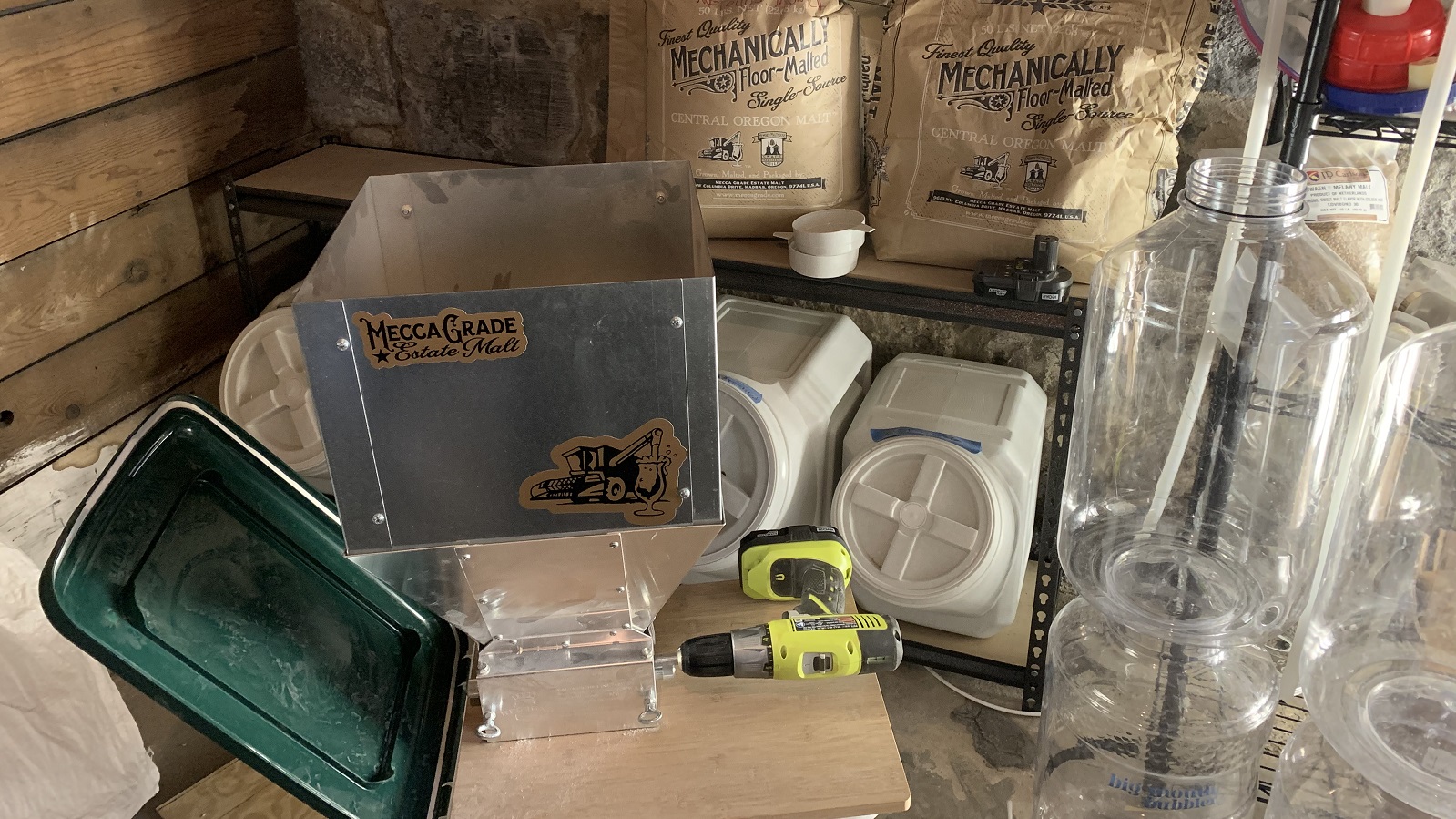
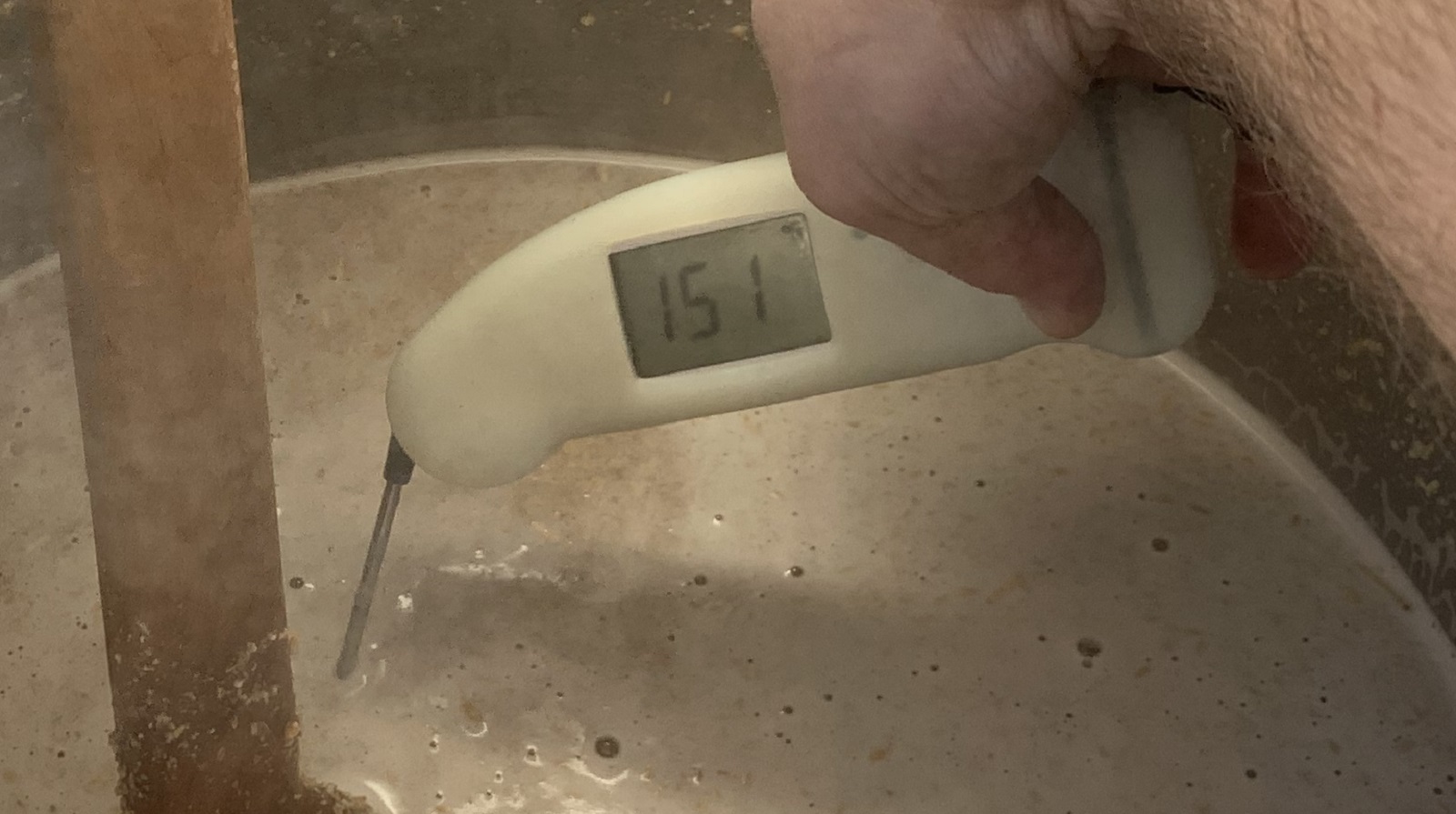
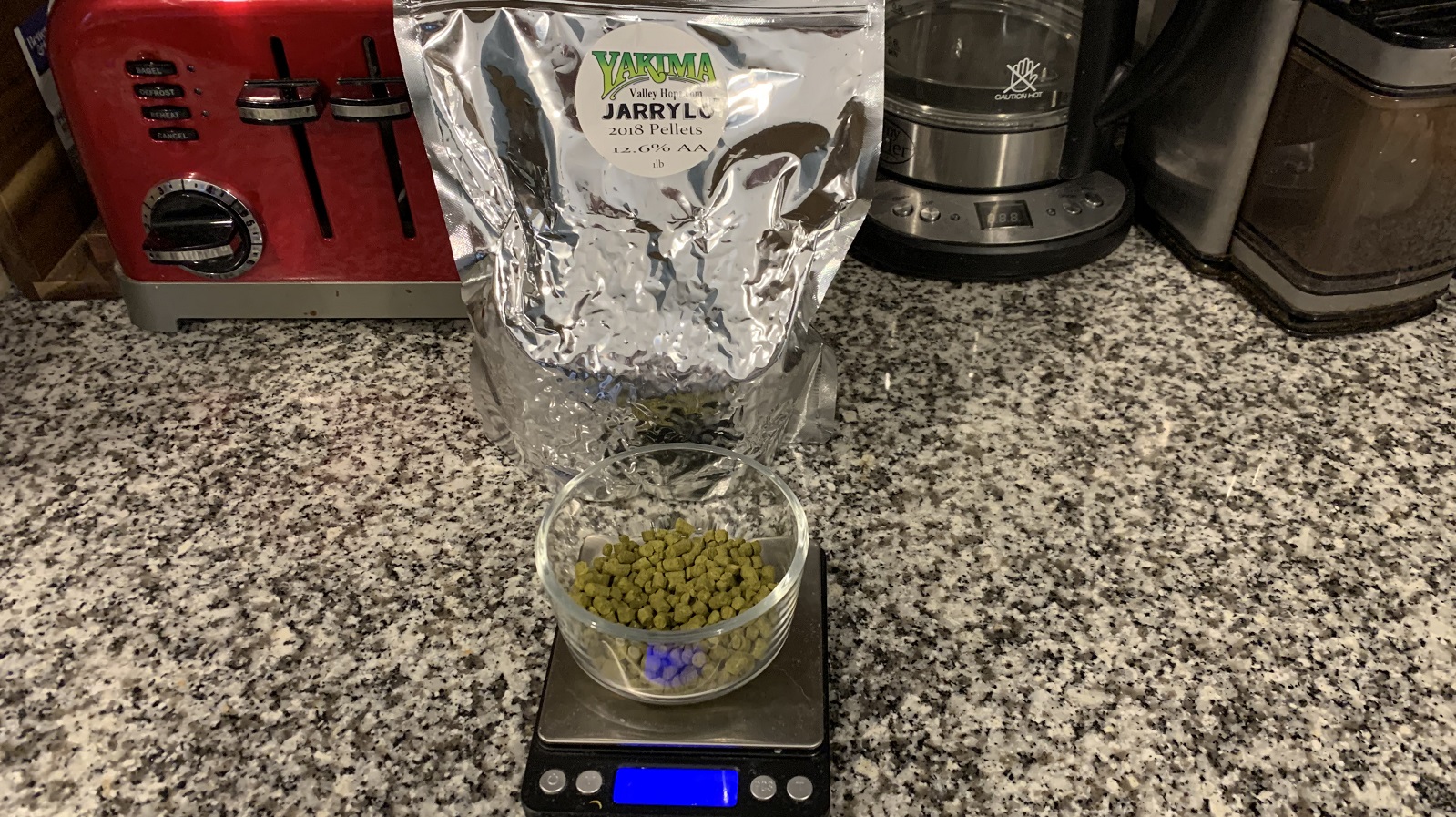
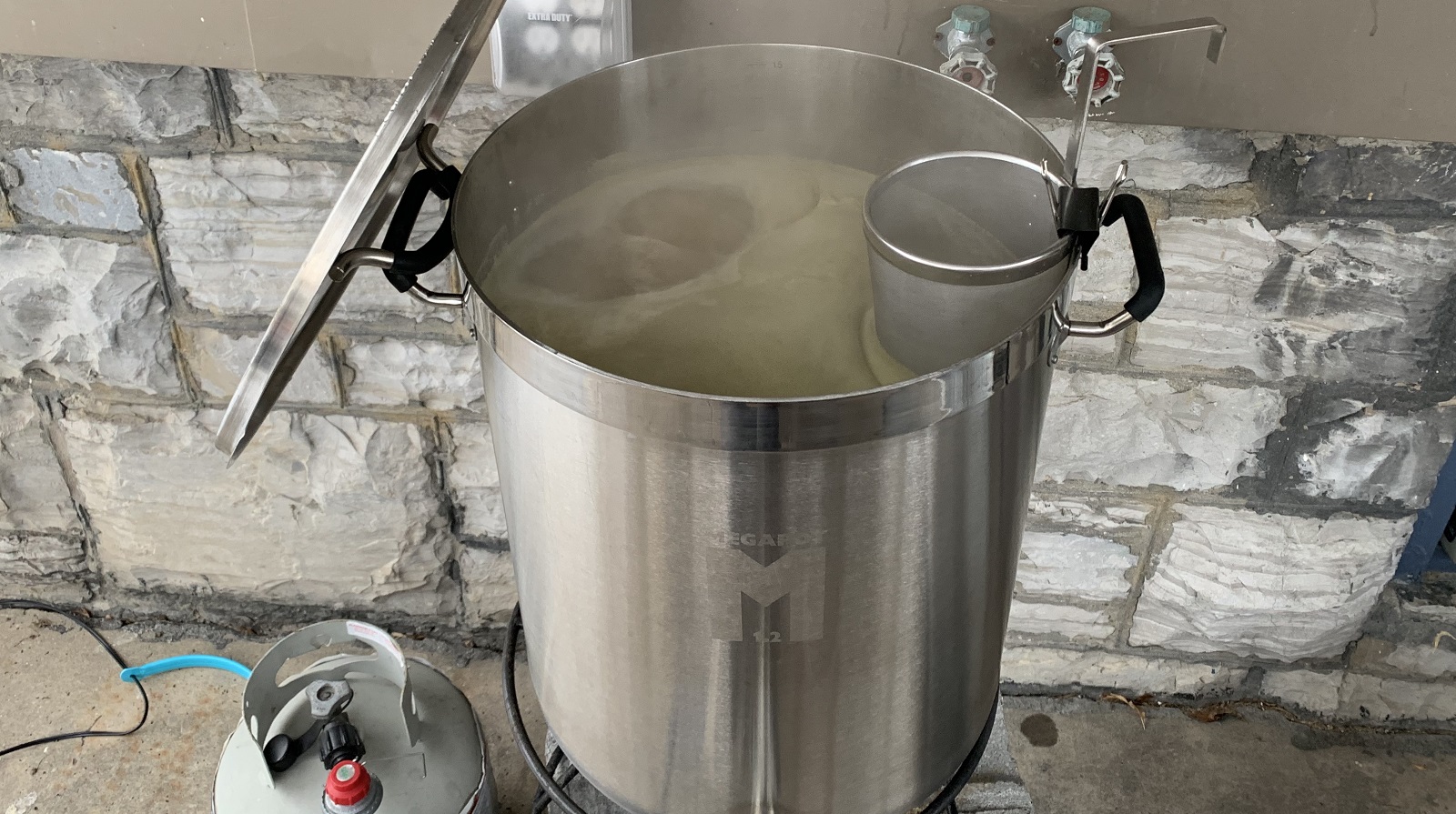
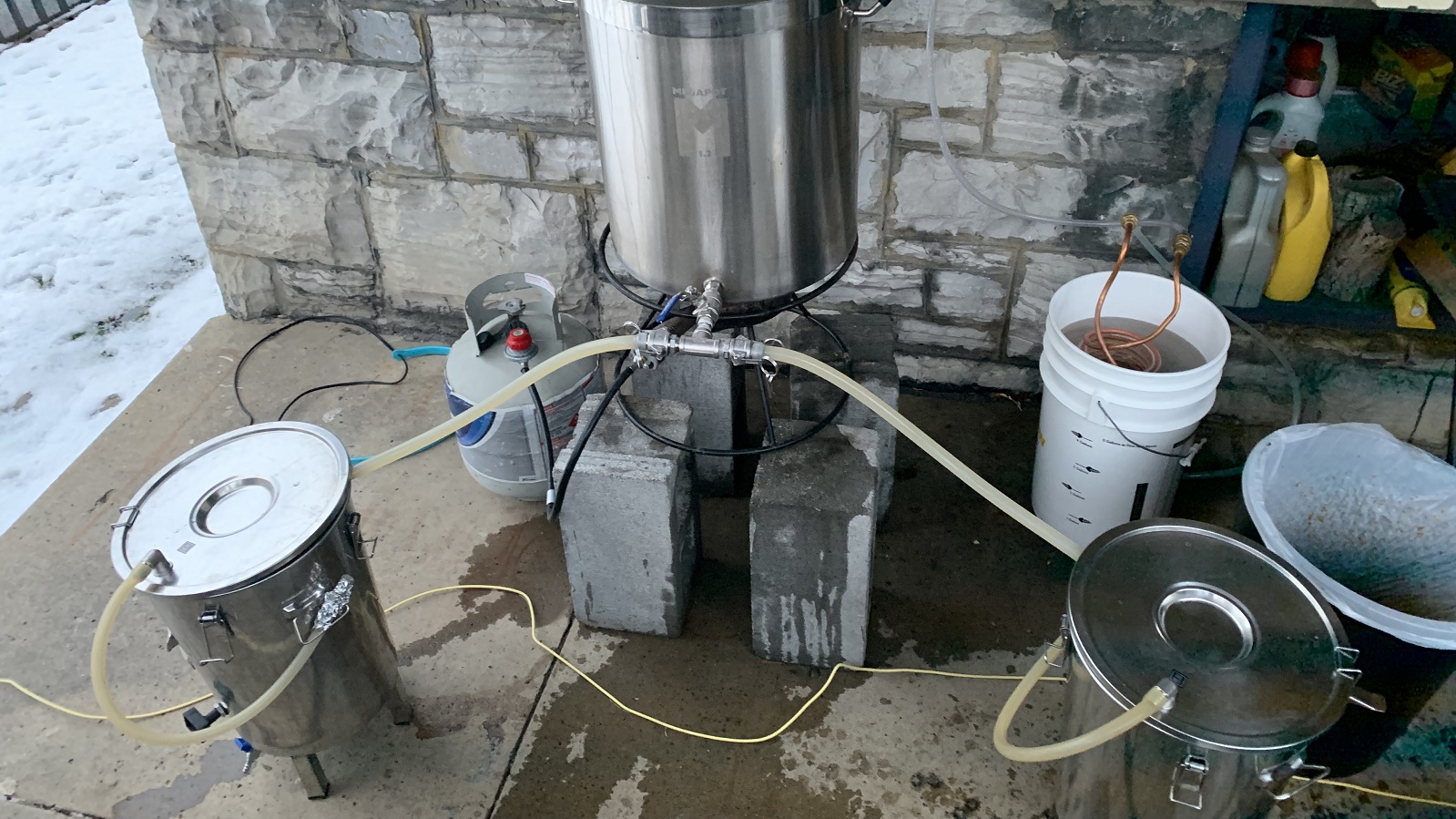
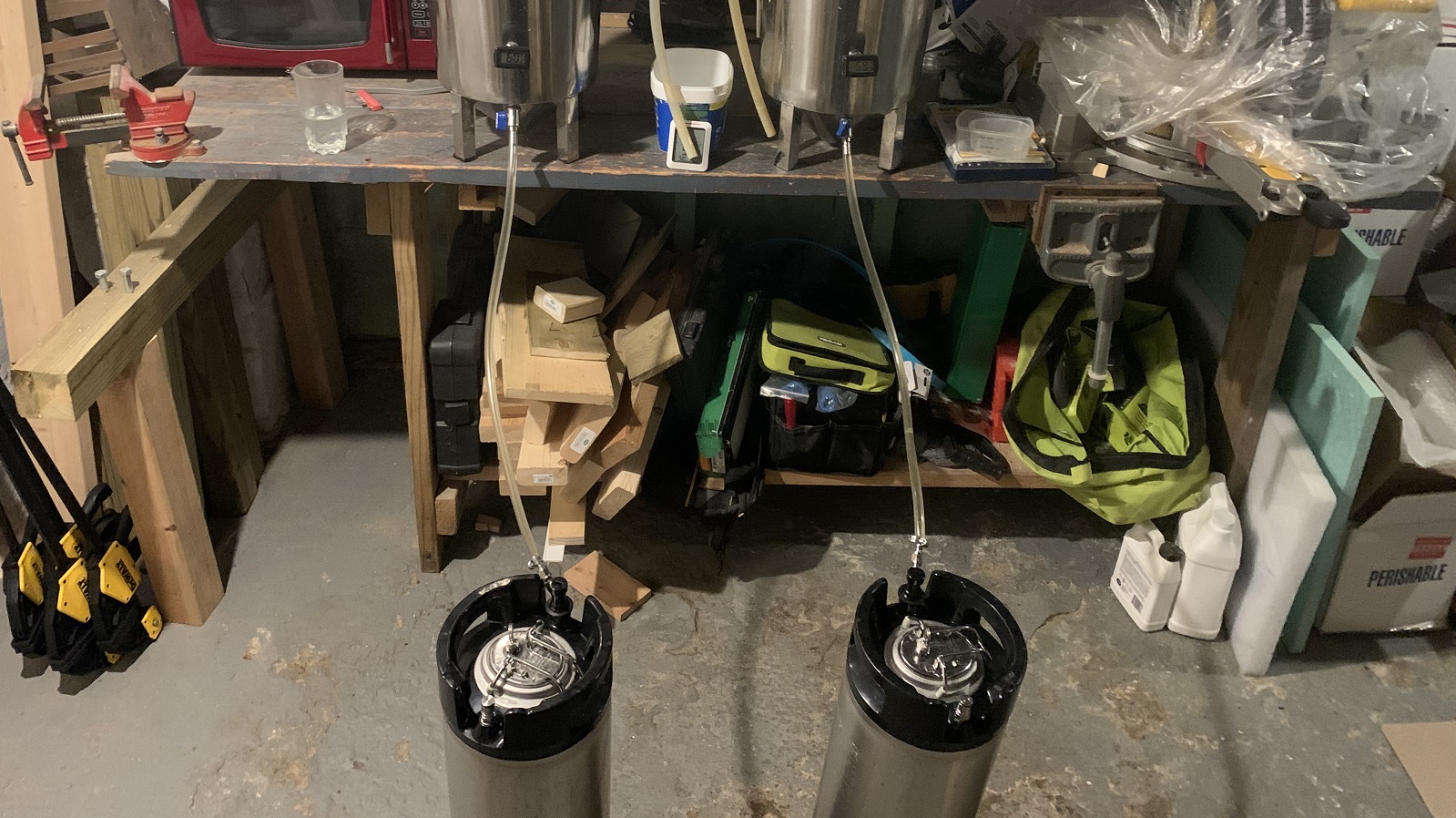











37 thoughts on “exBEERiment | Impact Fermenting With Previously Frozen Liquid Yeast Has On Blonde Ale”
Bread yeast is the same. When frozen, it doesn’t get bad immediately, but its viability does decrease. With bread yeast it is even visible. The normal color is a light brown, when it is stored too long in the freezer it turns a dark brown. That is a process of a couple of months, not something that happens overnight.
Since bread and beer yeast are mostly the same, I would suppose that the outcome of your xBMT means that storing yeast inadvertently in the freezer is not such a bug deal for maybe a week, or even a week or two.
Are you talking about bread yeast stored dry or as a suspension like the yeast was stored in this case? In other words are you talking about apples and oranges?
Does your dry bread yeast change colors when you freeze it, or are you just assuming everyone uses the fleischmann’s you see on the grocery store shelf? In other words, are you assuming everyone on the internet shops at your grocery store?
@vito. 1) I don’t freeze my bread yeast. 2) no I’m not assuming people use fleismans yeast 3) I don’t live in the United States so I don’t see fleishmans on my grocery store shelves 4) no I’m not assuming everyone in the internet shops at my grocery store.
The commenter didn’t specify essential details that could help establish relevancy of the information s/he was providing. With both prokaryotic and eukaryotic cells dry versus suspension and the density of the suspension can all affect the viability after freezing. And the other comments about lyo and the cycling of freezers is highly relevant. I think most of us are trying to glean some useful information out of these often flawed experiments, to try to interpret them with some degree of scientific experience, and to help both the readers and the authors make conclusions that are supported by the data that don’t lead brewers and future experimenters astray.
You may be right about the length of time left in the freezer. I just don’t think I’ll be purposefully freezing yeast for so long! It would be interesting to see how the yeast performed though, particularly if it was freshly packaged. I’d also be interested in seeing how dry yeast would fair after being frozen.
Storing dry yeast in the freezer is not an issue. The process of drying it is called lyophilization, or “freeze-drying” so that’s kind of the point. You can keep it in the freezer forever.
Yes and to lyophilise something you freeze it in suspension before placing it under vacuum for the water to sublime. So essentially it is frozen for a short time not unlike the experiment above. However I assume some cryoprotectants are added? Actually I wonder if the yeast used above has any cryoprotectant? You’d think that every once in a while during shipping a freezing event would occur and it would make sense for the company to avoid a situation where many customers receive inactive yeast. Did the author check this?
Even though I thought it would unusual, this is something I looked into. Imperial Yeast does not package yeast with glycerol or other cryoprotectants.
Dry yeast can easily be frozen as their is no water to rupture celmembrane
This experiment had nothing to do with bread yeast. Clearly you can see it is liquid but you have gone off on a tangent that makes no sense.
Easy, fellas. I’m all for having open conversation but please remain civil.
@Richard. Chill. His point was about freezing yeast which is the point of the experiment. We were just trying to get additional information to determine whether his observation was relevant to the conditions of the experiment or not.
I would have left the yeast in the freezer at least a couple of days/weeks.
That’s one of the things we thought about doing as well. We decided that it’d be best if we’d keep things along the lines of “oh shit, I mistakenly froze my yeast” as opposed to letting it sit in the freezer for longer.
Also there are kitchen freezers and deep freezers. A normal kitchen freezer is going to do a lot more damage since it periodically thaws (it’s how it can be “frost free”) where a chest freezer doesn’t cycle. In a chest freezer I expect you could store the yeast for a very long time with out doing any more damage than happened during the freeze. A frost free freezer though you are going to get “freezer burn” that is going to kill off more and more cels.
NOT true. A self defrosting freezer does NOT thaw the contents. It simply heats the evaporator and melts the frost for 15 or 20 minutes. Don’t know where you ever got that idea.
I was once lagering in my keezer when I had a bit overflow. After cleaning up the mess, I forgit to put the temperature controller probe back in the keezer and the entire batch froze solid (luckily it was a plastic carboy). When I noticed s few days later, I took the carboy out and let it melt at cellar temperature. Then returned it to the keezer with the probe this time. That beer finished fermenting okay and went on to win an award so apparently the yeast was fine.
That is the stuff of nightmares. I’m glad the beer turned out good despite the shenanigans!
I wonder if that actually improved the clarity. I had a mini fridge with bad temperature control, a couple times it froze commercial beers and they ended up with brown flakes in them when they thawed (tasted fine though). Those flakes could have settled out during your lagering.
Fresh bread yeast, not dried yeast.
I would be interested in seeing an experiment with different brands of yeast. Not all yeast brands are packaged the way Imperial yeast is.
These Experiments are great and interesting but a bit frustrating if one wants to replicate them since the ingredients, particularly the yeast, are available in all parts of the country. I would love to use Imperial yeast but it’s not available locally and shipping wouldn’t make it cost effective to use.
You can use this link to see where Imperial has retailers. They’re all over the US and few places in Canada as well!
https://www.imperialyeast.com/where-to-buy/
This should read “since the ingredients, particularly the yeast, are not available”
Yeah, I thought as much! But my comment was implying that Imperial Yeast works with vendors all over the US and some in Canada as well, so you should be able to get their products without cost prohibitive shipping. Check out that map I linked earlier:
https://www.imperialyeast.com/where-to-buy/
Why not freeze it for 6 months then do the experiment. Yeast companies may not be happy if freezing for long periods has no effect. That would really be an interesting brew.
Yeah that’d be an interesting followup, for sure.
You can make bread dough with yeast, freeze it for months and it still rises as well as fresh made dough. Never thought about beer yeast being that tough, interesting Exbeeriment.
Awesome information and thank you for sharing. I like to collect yeast mainly to avoid buying more but at one point I knew I was going to take a break on brewing for about 6 months so I froze about 14 strains in tubes but I followed suggested guidelines such as mixing it with glycerin to help reduce damage to the cell walls during freezing and putting the slant tubes in rubbing alcohol while freezing to allow for a very gradual freeze to avoid damage. When I thawed them and did my starters they all kicked off amazingly well. I have noticed over time some of my yeasts that I keep repopulating have changed flavors a bit and have been replaced with fresh but overall I feel I can keep most of my strains going for years at a time. Currently I have about 38 collected mainly from commercial yeast providers with a few captured from unfiltered Belgians that I liked a lot.
Might be interesting testing a wort but a little more on the edge of what the yeast normally can do, pitching a 1070 or something like that.
I am not sure how you can say that if you have not tried.
Freezing is a lot less detrimental to yeast than prolonged warm temperature exposure.
I had no luck reviving my lager yeast. Perhaps ale is more hardy.
A cell viability test (trypan blue) of the yeast and cell count would make this experiment more interpretable. To make any assessment of the outcome knowing what condition the yeast was in post freezing is absolutely necessary.
I have been freezing yeast both dry and wet with no viability problems at all for the last 12 months. I have published the results on David heath face book group. However, I fo use Glycerin mixture.
Ah, yes. I was reading the first sentence and thinking “this guy’s full of shit” but then I saw that you use glycerin. Cryoprotectants are necessary for maintaining good cell viability.
I think I would agree with your comment, using glycine is a must. I have just published a video using a yeast WPL 001 Californian ale froze 6 months ago, using it for a starter. But I think I’m talking to the converted. Say safe 👍
I think the idea that freezing yeast damages it because the ice crystals pierce the cellular membrane is right, as is right the idea that deep-freezing makes much less damage and is much better for food in general, and for our yeast in particular. Freezers are not all created equal! A three-star freezer cannot deep-freeze. A four-star freezer (3+1) does deep freeze (you might have to switch a switch). The author’s freezer must be four-star one, hence the success of the experiment. A three-star freezer would have damaged the cells at the freezing moment, regardless of how long the cells are kept frozen.